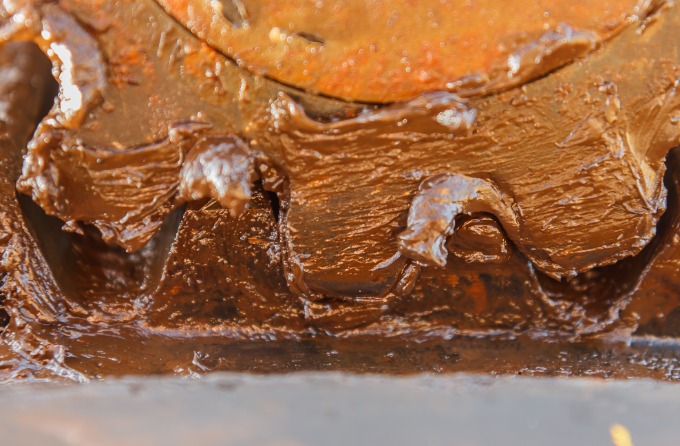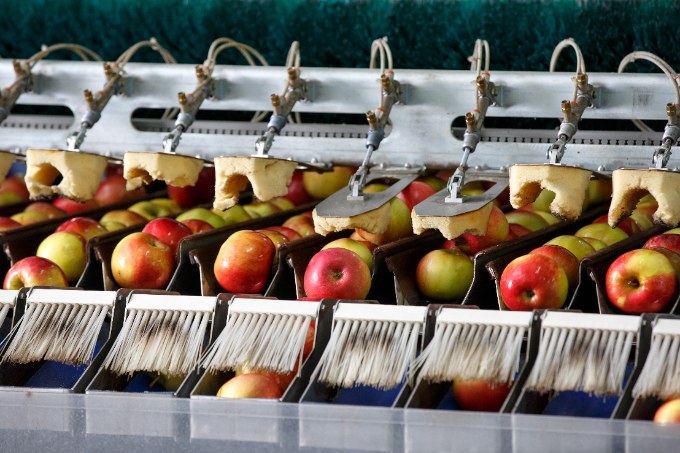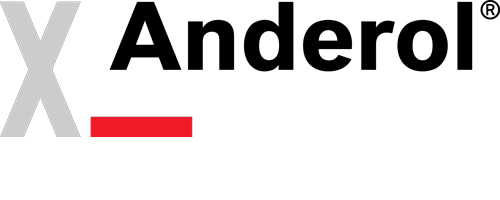This website uses cookies to optimize/enhance your user experience. Cookie information is being stored in your browser helping the websites to recognize you on your next visit while analyzing which content might be the most appropriate or interesting for you.
Articles

The pitfalls of over and under greasing

Food grade lubricants and their classifications and uses

Choosing the right industrial lubricant

Handling and Storage Guide for Lubricants

Lubrication for worm gear systems


